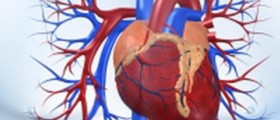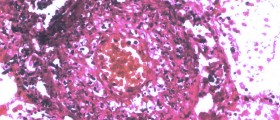
Blood Clots in Legs - General Info
Blood normally clots in case blood vessels are injured and the blood leaks. By forming clots the body protects itself from exsanguination. But if there is no threat of exsanguination and blood clots form this is considered a medical condition. It carries significant risk of numerous complications such as heart attack, stroke and pulmonary embolism.
Blood clots in the legs may affect both, superficial veins and deep veins. If they form inside deep veins of the legs the condition is known as deep vein thrombosis. The very presence of blood clots inside the affected veins is accompanied by certain symptoms. They need to be recognized and treated on time and only this way a potential life threatening complications may be prevented. Blood clots may break and travel to distant organs such as the heart, lungs or even brain. They usually clog the blood vessels smaller than themselves and this is considered a serious complication.
There are several factors which contribute to formation of blood clots in the legs and trauma to the lower extremities is only one of them. Increased clotting in the legs usually affects people who are bed ridden and this may be a complication which typically develops right after the surgery if patients refuse to move or are not administered specific anticoagulants. Obese people are susceptible to blood clots in legs.
Symptoms of Blood Clots in Legs
The affected veins are usually inflamed prior the very formation of blood clots. The process of inflammation caused swelling of the specific vein and nearby tissues. Apart from swelling one also experiences pain. The pain gradually increases in intensity. It is initially mild and bearable. Over the time the pain becomes rather severe and hard to tolerate.
The affected leg is warm and red. The warmth of the leg can be confirmed if one places his/ her hands onto the healthy leg and affected leg. Reddening and warmth of the leg are symptoms which point to the progression of the disease.
One more characteristic of blood clots in legs is leg cramping. This symptom particularly occurs at night. Cramps most commonly affect the calves and even they tend to become more intensive after certain period of time.
Many patients do not feel the need to visit their health care providers until the symptoms become unbearable and start to interfere in their everyday activities. Fortunately, the condition can be prevented in specific risk groups and if it affects previously healthy people it requires proper identification of the underlying cause and suitable treatment.

















Your thoughts on this
Loading...